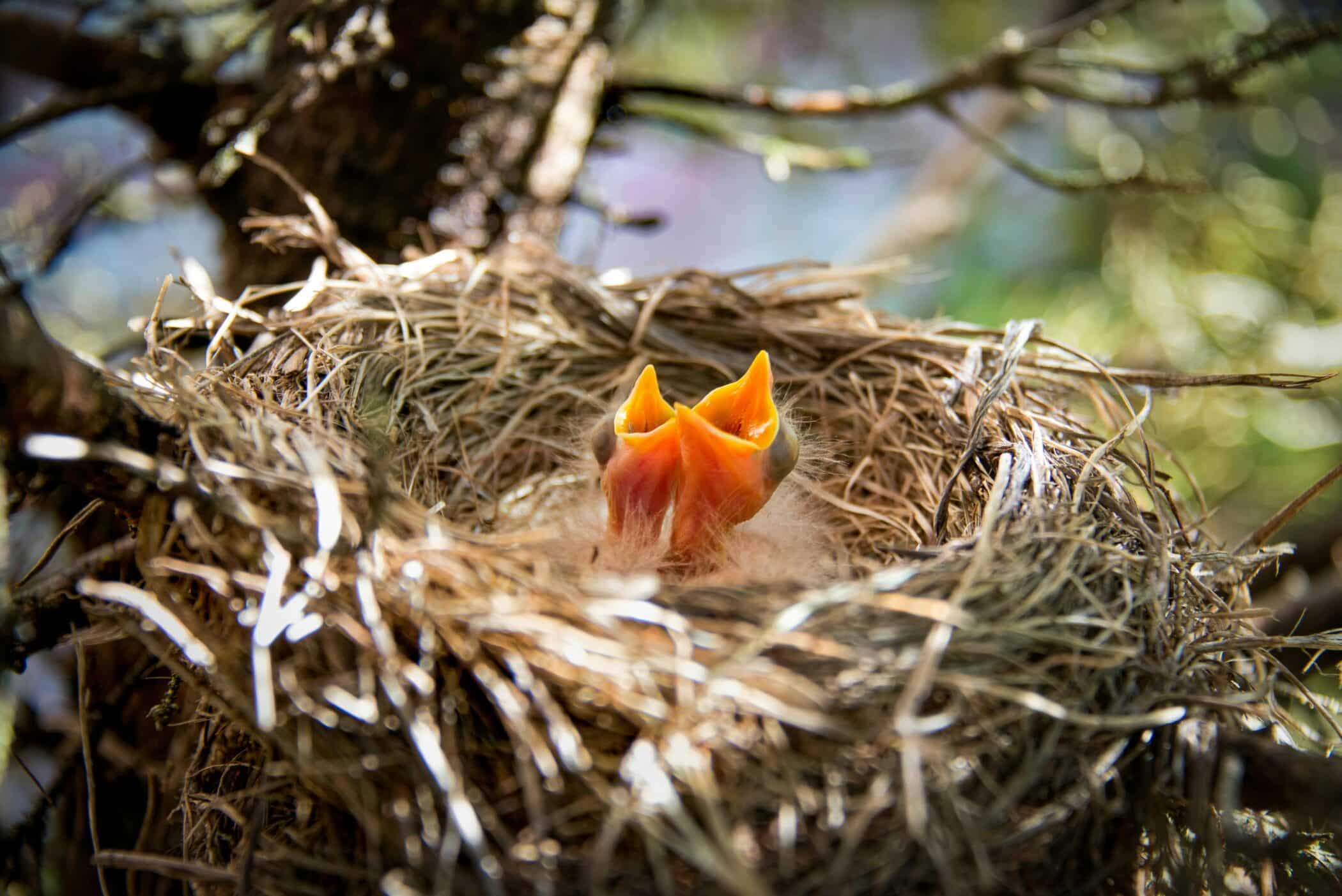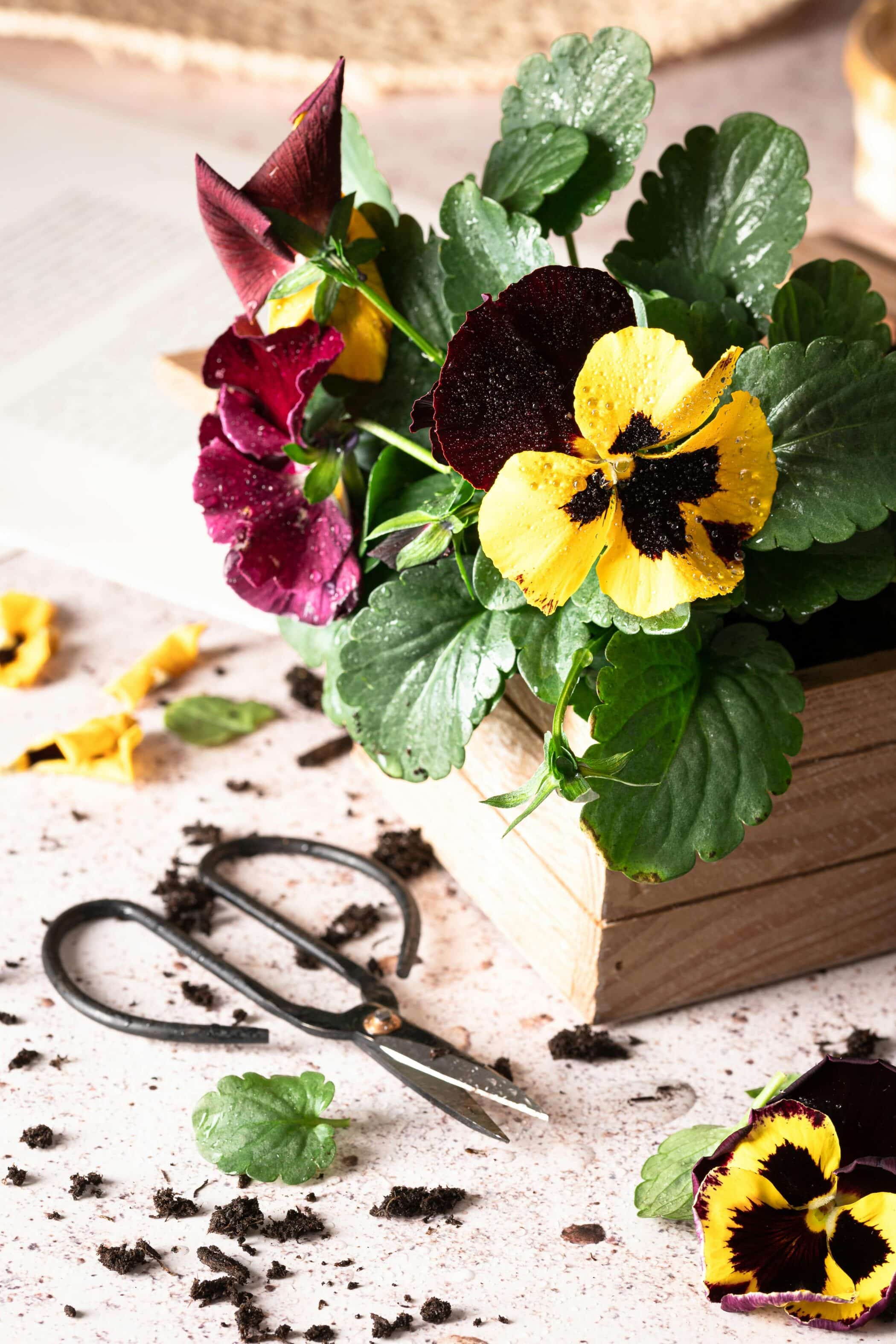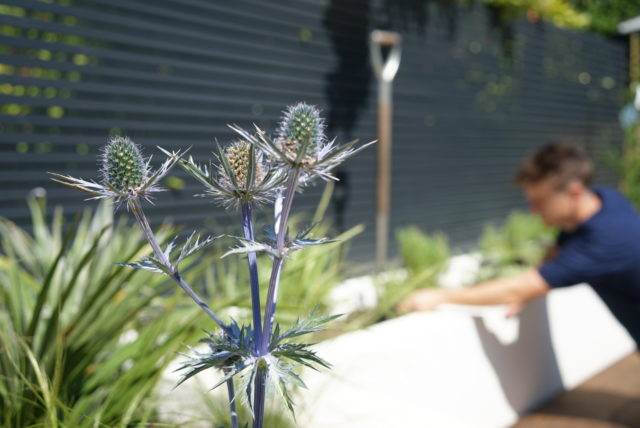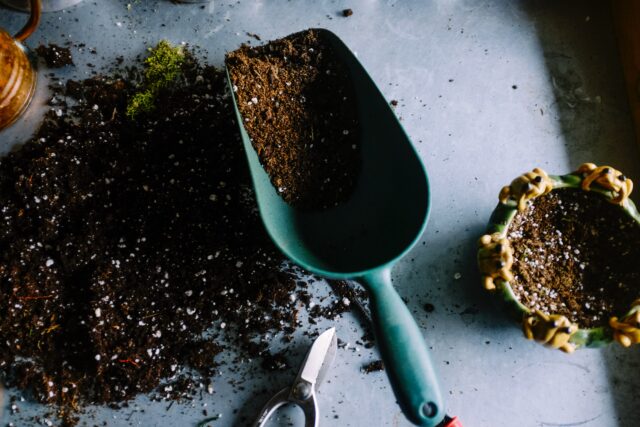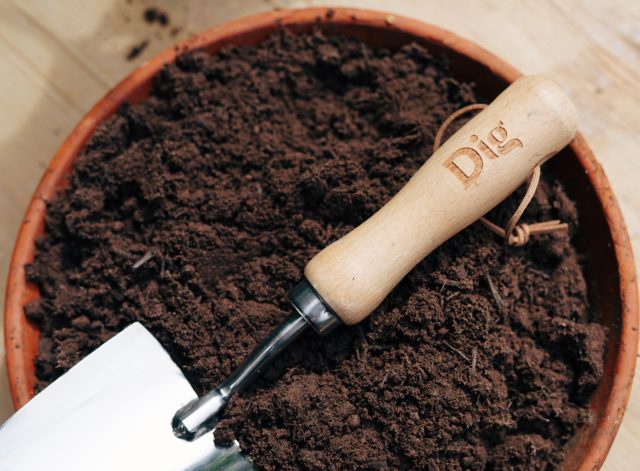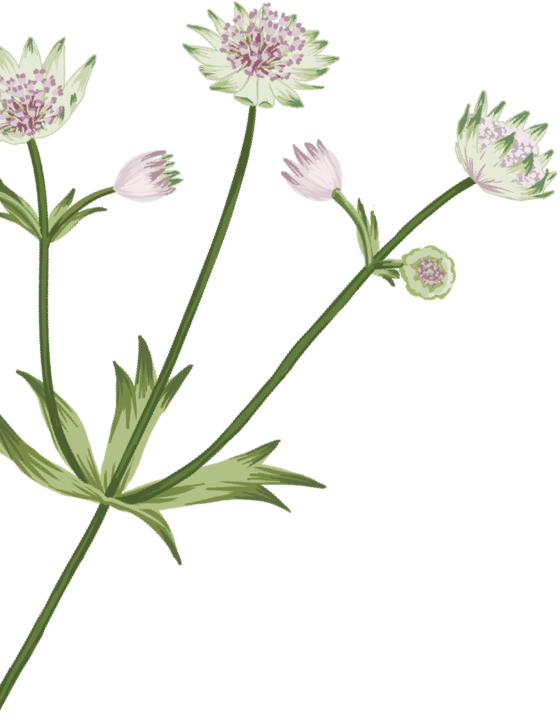Sow annual Sweet Peas
Annual Sweet Peas, far more fragrant than their perennial counterparts, are very easy to sow at home. Sow them into tall containers filled with peat-free compost (to allow their roots enough room – old food tins or even the cardboard tubes from a loo roll make perfect vessels), placing the seed about a centimetre from the top, then gentle cover with more soil and give them a water. Place them on a sunny windowsill and, in 10-14 days, you’ll see seedlings emerge. Around April, place them outside for a week to adjust to outdoor temperatures, before planting into the ground or a pot – with a frame or bamboo sticks tied at the top for them to grow up. Easy peasy.
#DigTopTip – to encourage quicker germination (basically, when the seedling emerges from the seed), soak your seeds in water for 24 hours before planting
Take a look at this video from our Dig Spring Countdown to see Henry planting some Sweet Peas of his own.
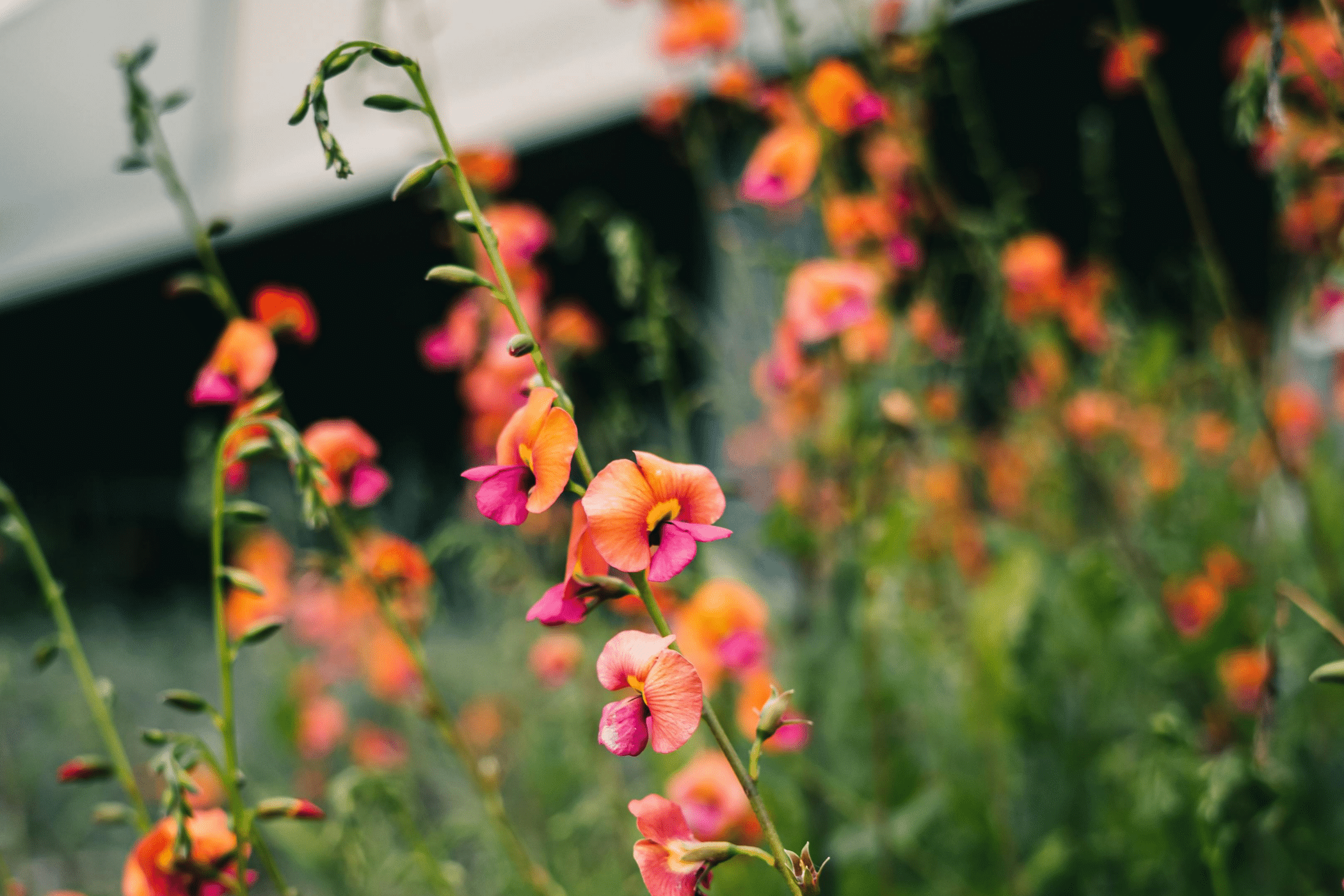
Vegetable seeds to plant now
If you’re considering a vegetable patch this year, there are lots of options for vegetable seeds to sow in early spring. Tomato seeds, carrot seeds, cucumber seeds, chilli seeds, kale seeds lettuce seeds and broad bean seeds are all good options for spring sowing. Plant them into seed trays, following the planting instructions on each respective pack, and either cover with a cloche (a translucent protective cover) if planting straight outdoors or place them on a warm sunny windowsill or greenhouse if planting indoors until they’re strong enough and ready to plant out in your vegetable patch, pot, or allotment.
Now is also a great time to chit potatoes. Chitting potatoes is a process of encouraging growth by leaving them in a cool dry place. In the same video as our sweet pea tutorial, Henry shows you how to chit potatoes and explains the difference between Earlies and Main Crop. The wonderful world of potatoes awaits.
What to prune now
Armed with sharp secateurs, loppers, and even a small pruning saw, here’s a few things to tackle now to make way for new growth.
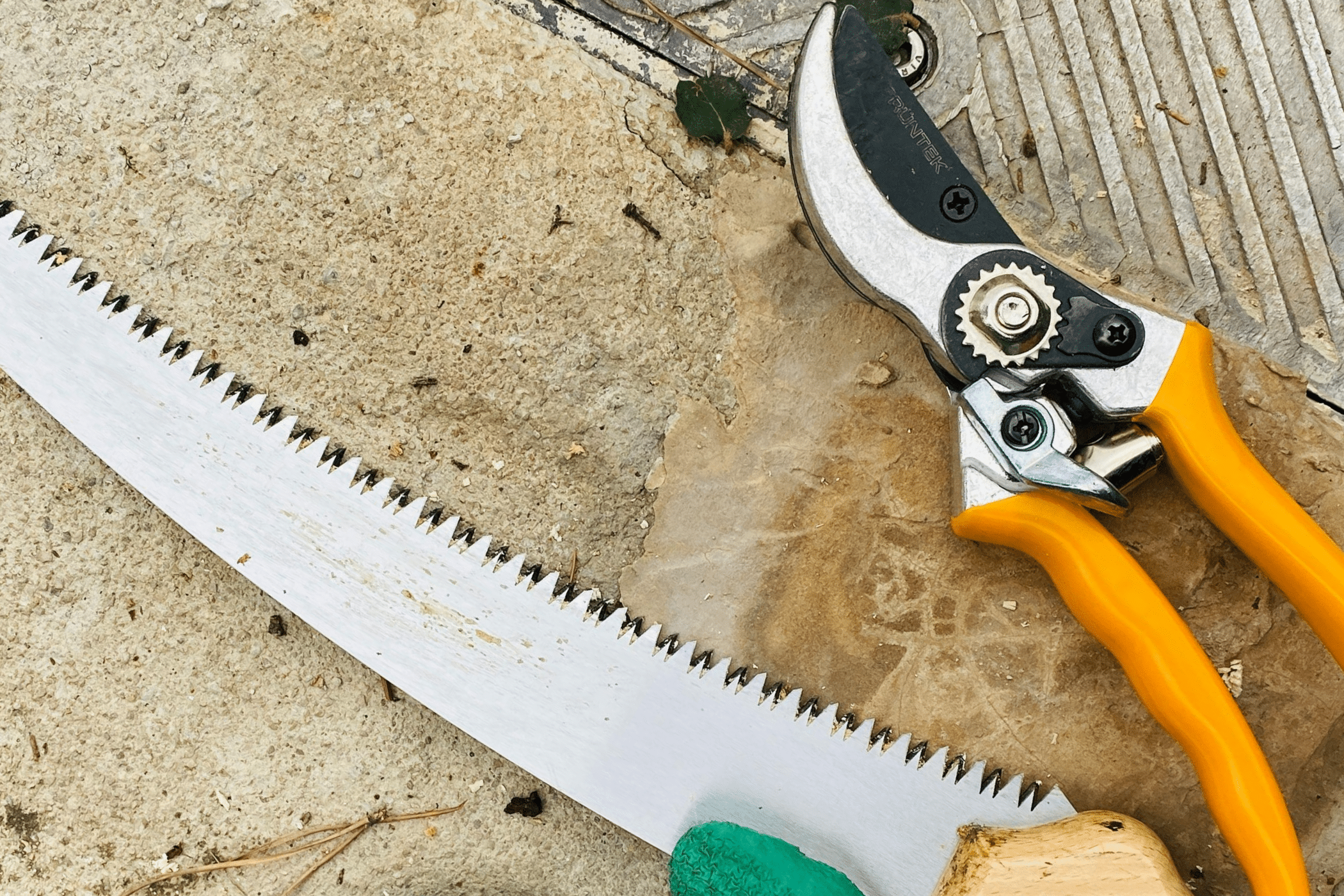
- Cut back ferns – if ferns are showing brown and tattered fronds, you can either remove the brown fronds for a more natural pruning, or cut the entire plant back to the stem, being careful not to remove any of the new, fresh growth that may just be beginning to emerge as it warms up
- Trim Lavender and Rosemary – to keep your Mediterranean lavender and rosemary looking neat and tidy, trim them back into neat ball shapes to up to, but no more than, one third of the branches’ length
- Prune flowering shrubs – shrubs like Buddleia (part of our Adventure theme) or Fuschia can be cut back ‘hard’ in spring to about 3-6 inches above the ground. This makes way for lots of new growth. It can seem extreme, but early spring is the right time to do and we promise you you’ll be pleased with the resulting fresh new growth
- Herbaceous perennials – a herbaceous perennial is a plant that comes back every year (that’s the perennial bit), and that doesn’t have hard woody stems (that’s the herbaceous bit). Cut back any foliage from herbaceous perennials such as Salvia, Astilbe, Hosta, Teasels, Alchemilla mollis, Japanese anemone and other soft flowering plants whose stems and seed heads you might have left over winter. This will pave the way for them to reemerge at their respective times later in the year
- Fruit trees – early spring is a good time to prune and shape fruit trees while they are still dozing. Cutting them into the desired size and shape now avoids damaging them and risking disease once the growing season is under way later in the spring.
#DigTopTip – Cutting back ‘hard’ means cutting the entire plant back to 3-6 inches above the soil
Clean your greenhouse
If you have the space for a greenhouse (either a full size or smaller balcony style) now is a good time to give it a clean before you’re using it more actively. Cleaning the glass or plastic, ensures that as much light as possible will be getting in later in the year – helping plants to better photosynthesize and to keep it warm.

Deadhead pansies
Winter-flowering pansies are good to stay on top of when it comes to dead-heading. By removing old, spent blooms, you’ll make way for new flowers and avoid unsightly rotting petals.
The Nature Garden
We always like to include a few things to help support your local wildlife in your monthly jobs. Our green and outdoor spaces, especially our gardens, provide a vital network for British wildlife and so every small step we can take will help.
- Keep bird feeders clean and topped up. Cleaning helps prevent disease spreading between birds, and topping up with high protein seeds and nuts provides a vital food source
- Keep bird baths topped up too. If you’re in an area that suffers from frost at this time of year, make sure you’re removing the ice regularly and replacing with fresh water. Bird baths are as important as feeders for birds to both drink and clean.
- Provide nesting material. In the coming weeks, birds will begin to build nests. Providing small piles of nesting materials such as twigs, leaves, moss, and other natural materials will be welcome for any winged builders.
